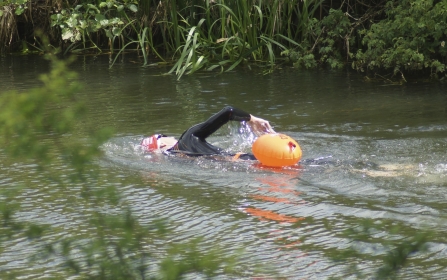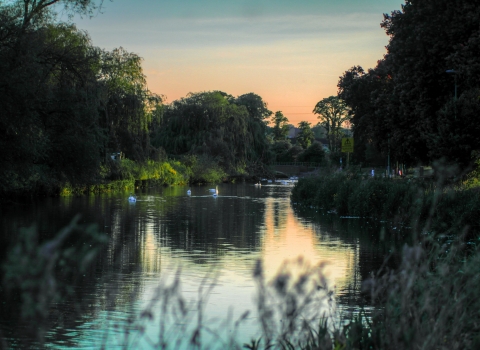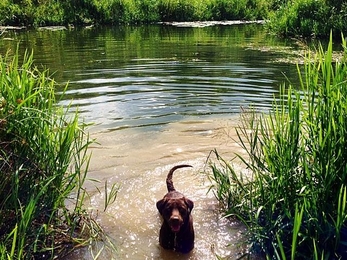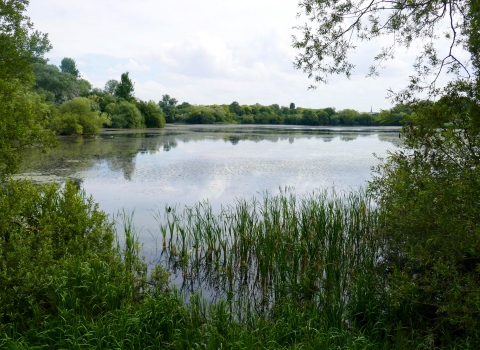At the heart of the Nene Valley lies a wildlife gem, a string of flooded gravel pits including Summer Leys, Titchmarsh, the Nene Wetlands and Stanwick Lakes which come to life with the arrival of thousands of birds every winter. This incredibly valuable network of lakes and wetlands is under threat and already showing signs of decline caused by the increasing pressure put on it to provide recreational space for the growing population of surrounding towns and villages. The birds using these wetlands are particularly sensitive to disturbance caused by people walking too close or by dogs that are running free. We want to help local communities enjoy the natural environment and wildlife spectacles that the Valley offers, without damaging it. To do this we need to understand what the environmental limits are on increasing visitor access. Access that is causing detrimental effects will need to be mitigated through careful site management, and where we find that increased visitor numbers can be achieved sustainably this can be promoted.
A visitor Survey was undertaken in 2012-13 by Footprint Ecology, the results of which can be downloaded below. There are an estimated 900,000 visitors to the SPA each year, and we can conclude that:
- Most visitors live within 3km, arrive by car, and stay for less than 2 hours.
- Dog walking is the most common activity in the Nene Valley.
- Dog walkers cover 3.1km, and cyclists 7.3km on average during a visit.
- A high proportion of visitors are aware of the value of the site for wintering birds.
- Stanwick Lakes is the busiest location, with around one-third of the visitors.
- The quality of a site was important for determining where to visit, as was distance from home.
By working with developers and planners we are aiming to increase the amount of accessible, natural, green space that is available to people living in and around the Nene Valley to alleviate some of the pressure on the most sensitive sites, and to provide more space for wildlife to thrive.

Wild Swimmer in the Nene © Malcom Turner
Community Panels
During the funded period of the NIA, Community Panels were established in key locations to enable local people and those who use a particular site regularly to share their views and ideas with others about how an important place is managed and used.
The first community panel to be established was for the Northampton Washland. This panel met very productively during 2013 and 2014 and produced an action plan for the site. The community panel for Summer Leys and Mary’s Lake was also established in September 2014, and met during the autumn. The group prepared an Action Plan which is now being implemented.
It is hoped that both action plans can be implemented when future funding becomes available. The community panel process has been documented in a report that can be downloaded below.



